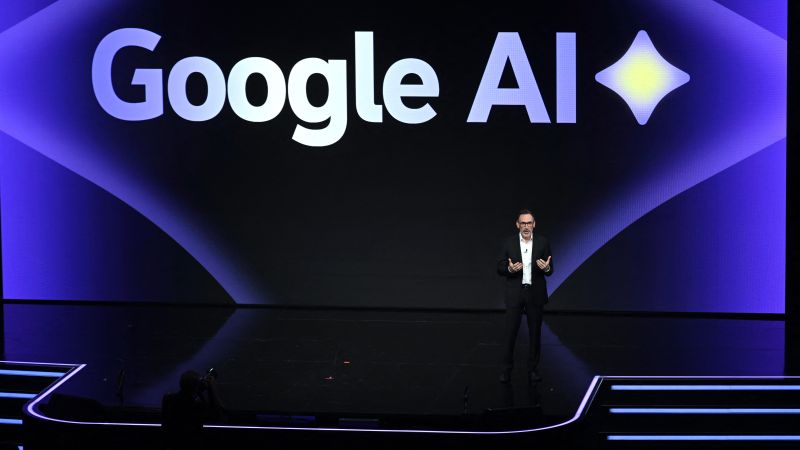Google has released its first detailed technical report on how artificial intelligence (AI) queries impact the environment, offering unprecedented transparency about the hidden costs of its Gemini app.
The report, published this week, breaks down the energy, carbon, and water footprint of AI queries and the infrastructure that supports them. Experts are calling it a landmark step, as no major technology company has previously disclosed such granular information.
According to Google, a single Gemini text prompt consumes around 0.24 watt-hours of electricity—comparable to running a microwave for one second or watching nine seconds of television. Each query produces 0.03 grams of carbon dioxide and uses 0.26 millilitres of water in data centre cooling, the equivalent of five drops.
However, the company stresses that these are mid-range estimates. Demanding queries—such as analysing large datasets, summarising lengthy texts, or generating videos—consume significantly more energy than basic text requests.
How the energy is spent
The report reveals that Google’s custom AI accelerators, known as Tensor Processing Units (TPUs), account for the largest share of energy use at 58%. Supporting systems, including CPUs and memory, consume a further 25%, while 10% is used by backup equipment. The remaining 8% goes into data centre overheads such as cooling and power conversion.
This breakdown underscores that the environmental footprint of AI extends beyond the models themselves, involving the entire ecosystem of servers, power systems, and cooling technologies.
A major efficiency gain
Perhaps the most striking finding is that the energy used per Gemini query has fallen 33-fold between May 2024 and May 2025. Google attributes this to its adoption of a Mixture-of-Experts (MoE) approach, which activates only the parts of a model needed for a specific task.
This targeted method, the company says, reduces the computational burden by up to 100 times. Other gains have come from smaller, more efficient versions of Gemini, hardware improvements at Google’s data centres, and optimisations of its TPUs.
Broader environmental commitments
Beyond model and infrastructure upgrades, Google emphasised its long-term investments in renewable energy. Since 2010, the company has secured more than 22 gigawatts of clean energy capacity from nuclear, wind, solar, and geothermal projects worldwide.
These measures have helped reduce Google’s emissions intensity, with the company now reporting carbon output per unit of energy at roughly one-third of the average US power grid.
A turning point for the industry
Experts have described the publication of the report as a turning point in AI accountability, setting a precedent for rivals such as Microsoft, Amazon, and OpenAI, who have faced increasing pressure to disclose the environmental costs of their products.
With AI adoption expanding at pace, questions around sustainability are growing louder. For now, Google’s move may push the wider tech industry toward greater transparency—and, potentially, greener innovation.

